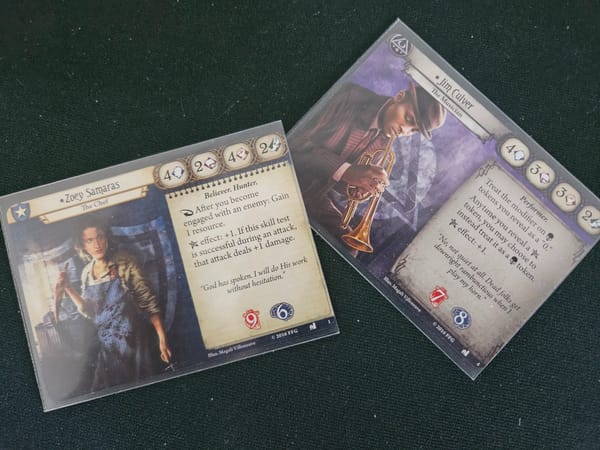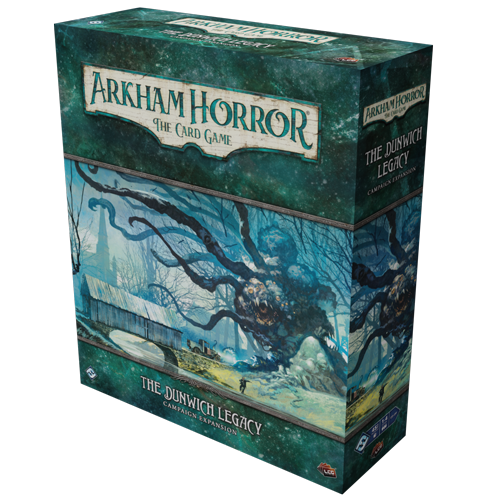Book review: Daggerheart - Part 1
First impressions and brief analysis of the Daggerheart TTRPG after reading the core book. Please note I have yet to play the game.

I'm calling this a book review since I haven't played Daggerheart yet. In fact, I don't even know when/if I'm going to play this game. Still, I felt looking at the public information, this was probably a quality product that should be part of my TTRPG book collection. I can't even say I'm a Critical Role fan; I've probably watched a few clips, but that's about it. The name certainly buys good publicity though !
What is Daggerheart?
Maybe I should have started with this, right? 😅
Daggerheart is a tabletop roleplaying game (TTRPG) published by Darrington Press, which is the publishing company of the Critical Role crew. Spenser Starke is the lead designer, but the full credit list is pretty long. It looks like a real team effort. Now, if you don't know what Critical Role is, please hand over your nerd card, thank you very much. What this game is not is a Dungeons & Dragons clone, something I hazard to guess might surprise a few buyers. While it takes inspiration from many TTRPGs, Daggerheart has developed its own ruling systems and mechanics.
I generally divide TTRPGs into two broad categories: tactical and narrative games. Tactical games have more technical rules, can have more crunchy math involved, and, generally speaking, the game flow will be rule-driven. At the other end of the spectrum, I put narrative games where rules are often lighter and where moving the story is the main driver of a game session; rules could be abridged, shortcuts can be made for the sake of a good story. A broad spectrum of possibilities exists between these two categories. Neither of these are standardized definitions; these are simply shortcuts I use in my discussions. Daggerheart definitely falls into the narrative category, although the math might take some time to get used to. More on that later.
Overall impressions
The book appears to be of good quality. Sturdy, high-quality paper and plenty of magnificent illustrations. Everything is in the book: player information, game master tools, monster manual. That's how it should always be; let's give players everything they need in a single book. Reading the book cover to the cover, I felt the information was well organized and logically presented. I haven't had to use the index yet, but I haven't had any issue finding information.
I think the book sits well at the intersection of new players and TTRPG veterans as far as providing detailed and clear information. I appreciate the sections about sensitive topics players might encounter in the hobby. While I don't need them with my group of players that I have known for many years, given the state of the world in 2025, I think these are needed.
The core set also comes with a box of cards for the different powers a character might have. Here again, high quality. This seems like a great way to introduce the game to new players. We also all know that one player who takes forever taking their turn because of they flip the rulebook endlessly.

If you ever think these powers should be more numerous, or if you have a super cool idea for your character that is not covered by the current power list, the company even has an online tool for players to create new power cards! A quick start adventure, blank maps, more character sheets, there is plenty of free material on the game website.
Many times the rules recommend the usage of tokens to keep track of different things. While many gaming groups probably have plenty of different tokens, I would have liked the core box to come with a set of standardized tokens. I also fear this could be become an issue at some tables as an accident, a distracted person or a cat could mess up your token piles.
Core mechanics
Daggerheart uses a 2d12 system that will feel familiar to players of Powered by the Apocalypse system. These dice need to be of different colors as you should be able to identify them as Hope and Fear die. As usual, you add them up with your ability score and compare the result to a target number. This leads to four possible outcomes: success with Hope, success with Fear, failure with Hope, failure with Fear. A result with Hope provides you with a Hope point you can later use to activate your abilities or help other players, while a result with Fear gives the GM a Fear point to activate enemies talents or modify scenes. While this mechanic is simple, the other part might not be depending on your gaming experience. Each of these four outcomes should also be integrated into the narrative. Players and GM should explain what Hope or Fear means in all these circumstances, enhancing the success or failure, without changing their nature. This sounds great in theory, but I can definitely see groups feeling they need to pause the story to think about these and then eventually sticking only with the mechanical part. Not everyone is great at improv, and it can get really tiresome.
Minor sidenote: a critical success in this system is when both dice roll the same number! It also provides you with a Hope point.
The Hope system looks to be very interesting. Many abilities require spending a few, but more importantly in my opinion, there are general options to help others during their turn. It should help everyone stay engaged in the story. You can spend your Hope point to give an advantage to someone else; that's a bonus 1d6 to their roll in this system. Another possibility is initiating what they call a Tag Team Roll, which is in essence a once-per-session team action with greater effect. Of all this assumes players are not hoarding points, saving them for the best moment. The book repeats regularly that Hope points should flow up and down a lot during a session and that players should spend them at every opportunity.
Another way players should be kept engaged is the lack of structured initiative. Whoever makes the most sense in the story goes first, then players can keep acting in no particular order until they fail an action or get any result with Fear. This switches the spotlight to the GM side for one action, and even he needs to spend Fear points to do more! It's going to be probably frantic the first few times a group uses this system, but I share the designers' belief this should make for a great story. This however, opens up the possibility of a single player hogging the spotlight or a shy person not jumping in. Part of the GM job is to be aware of this and intervene as necessary. If your group would simply go around the table until it's the GM turn, it's also probably fine too! It's your game, adapt it to your tastes!
A minor aspect I like is how the players resting provides Fear points to the GM. Obviously the characters need to rest and patch up armor and hit points, but they should not be able to do it as often as they want to do. Actions have consequences! This section of the rulebook also reminds the GM to advance background plots during downtime, something every GM forgets from time to time.
I briefly mentioned math earlier; this is where I think the mechanics will be an acquired taste. In combat, it's not as easy as rolling damage and reducing hit points total. Rolled damage needs to be compared to the character thresholds to find out if it's a minor, major, or severe wound. These thresholds are based on your armor but also affected by the character level. A minor wound reduces your HP by 1, a major by 2, and a severe by 3. These numbers might seem low, but characters typically have between 6 and 12 HP! If you are wearing armor, you also get to decide if you use one of its slot to reduce damage by one severity category. It's less direct than your typical DnD roll; it's not hard math, but I could see this slowing the game until the group gets enough experience with this system.
This review is getting very long; I still have many things to say, but that will be for a second post. Be on the lookout for it soon!
As usual, leave a comment below if you have tried this new RPG. How did you find it?



